Aging Population
The Platform Lifts Market is also driven by the increasing proportion of elderly individuals in the population. As the global demographic landscape shifts, the number of people aged 65 and older is expected to double by 2050, reaching around 1.5 billion. This demographic change creates a pressing need for accessibility solutions, including platform lifts, in both residential and healthcare settings. The demand for platform lifts is likely to surge as families and facilities seek to provide safe and convenient access for seniors. This trend not only highlights the importance of mobility solutions but also positions the Platform Lifts Market as a critical player in addressing the needs of an aging society.
Rising Urbanization
The Platform Lifts Market appears to be significantly influenced by the ongoing trend of urbanization. As more individuals migrate to urban areas, the demand for accessible infrastructure increases. This trend necessitates the installation of platform lifts in residential and commercial buildings to accommodate individuals with mobility challenges. According to recent data, urban areas are projected to house approximately 68% of the world's population by 2050, which could lead to a substantial rise in the need for platform lifts. Consequently, the Platform Lifts Market is likely to experience growth as cities adapt to these demographic shifts, ensuring that public and private spaces remain accessible to all.
Technological Advancements
Technological advancements are playing a pivotal role in shaping the Platform Lifts Market. Innovations in lift design, safety features, and energy efficiency are enhancing the appeal of platform lifts. For example, the integration of smart technology allows for remote monitoring and control, improving user experience and safety. Additionally, advancements in materials and manufacturing processes are reducing costs and increasing the durability of platform lifts. As these technologies evolve, they are likely to attract more consumers and businesses to invest in platform lifts, thereby propelling the growth of the Platform Lifts Market. The ongoing evolution of technology suggests a promising future for this sector.
Increased Focus on Inclusivity
The Platform Lifts Market is witnessing a heightened focus on inclusivity in various sectors, including education, healthcare, and public transportation. Organizations and institutions are increasingly recognizing the importance of providing equal access to facilities for individuals with disabilities. This societal shift is driving the demand for platform lifts, as they are essential for creating accessible environments. Educational institutions, for instance, are investing in platform lifts to ensure that all students can navigate their campuses without barriers. This trend towards inclusivity not only enhances the quality of life for individuals with mobility challenges but also positions the Platform Lifts Market as a vital contributor to social equity.
Regulatory Support for Accessibility
The Platform Lifts Market benefits from increasing regulatory support aimed at enhancing accessibility in public and private spaces. Governments worldwide are implementing stricter building codes and accessibility standards, which mandate the inclusion of platform lifts in new constructions and renovations. For instance, legislation such as the Americans with Disabilities Act in the United States has set a precedent for accessibility requirements. This regulatory environment is likely to drive demand for platform lifts, as compliance becomes essential for developers and property owners. As a result, the Platform Lifts Market is expected to expand, driven by the need to meet these legal obligations and improve accessibility for all.


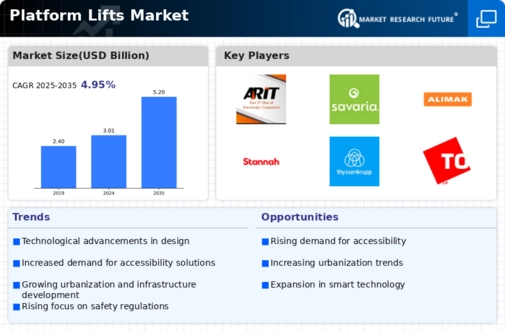

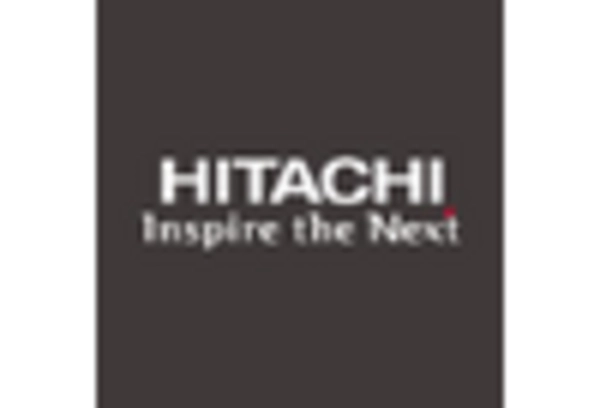

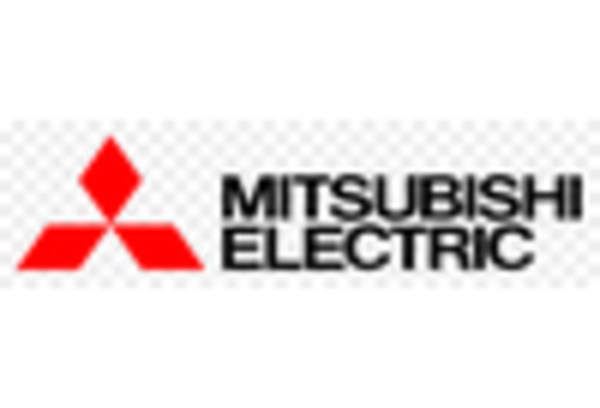

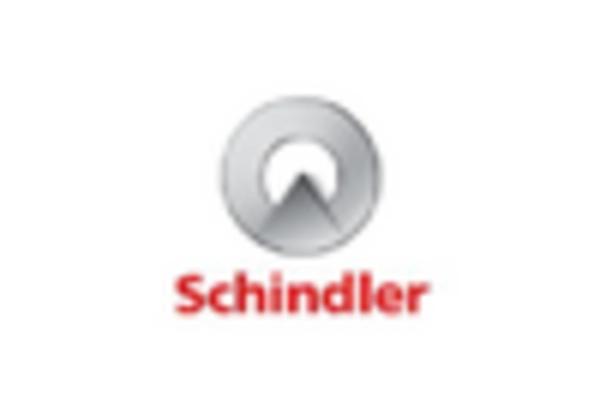
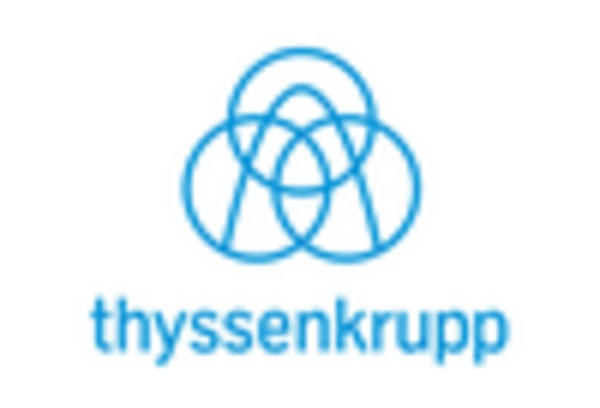








Leave a Comment